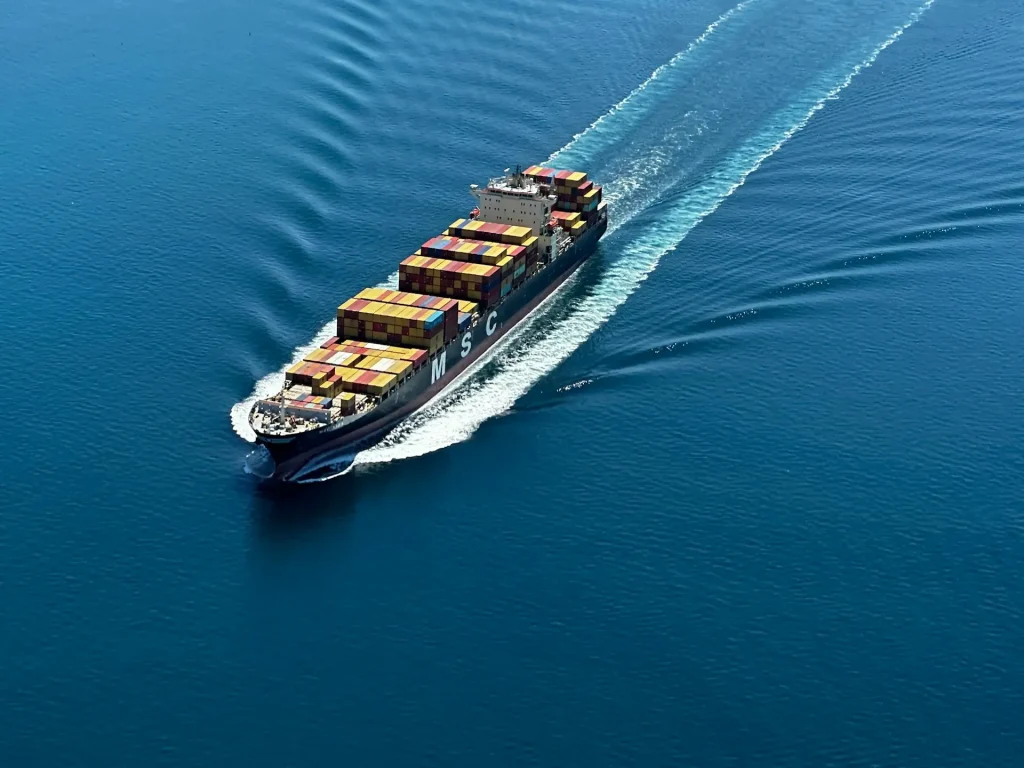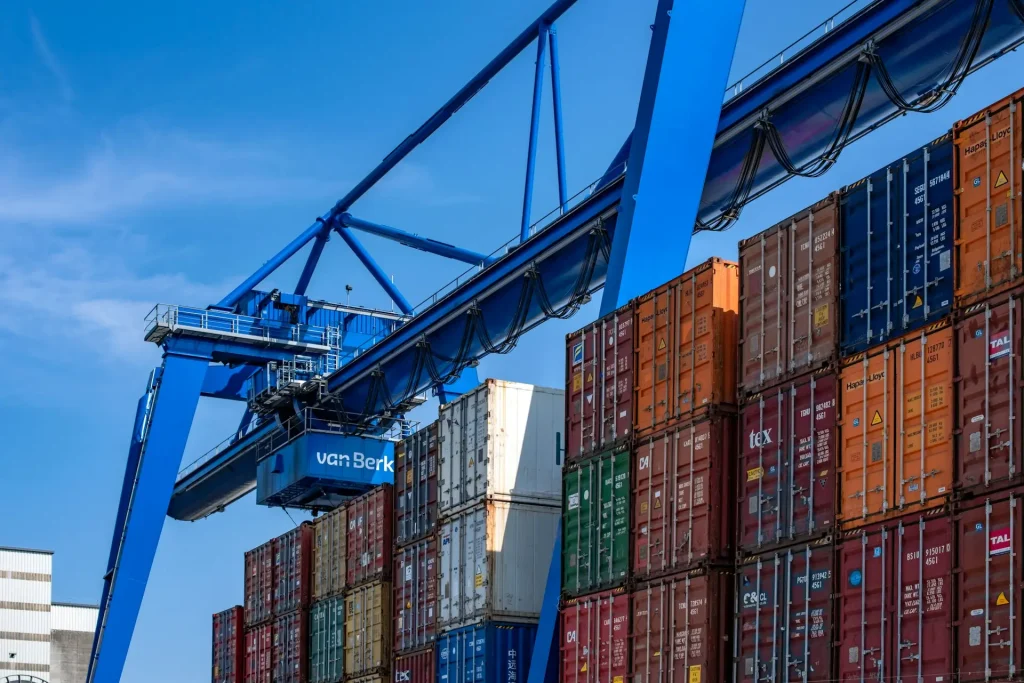When it comes to moving goods internationally, two of the most common shipping methods are air freight and sea freight. Each has its own advantages, costs, and considerations. Choosing the right one can make a big difference in your delivery times, shipping budget, and customer satisfaction.
Air Freight: Speed and Reliability
Air freight is the go-to choice for businesses that need fast and reliable delivery. Whether it’s urgent spare parts, seasonal products, or high-value goods, air freight offers:
- Fast Transit Times – Shipments that could take weeks by sea can arrive in just days.
- High Reliability – Air cargo schedules are generally consistent, with fewer delays compared to sea transport.
- Better Security – Airports have strict handling procedures, reducing the risk of damage or theft.
However, speed comes at a cost. Air freight rates are typically higher than sea freight, and there are limitations on cargo size and weight. This makes it more suitable for high-value or time-sensitive goods.
Sea Freight: Cost-Effective and Flexible
Sea freight is the backbone of global trade. It’s the most cost-effective way to ship large volumes over long distances. Its advantages include:
- Lower Costs – Especially for heavy or bulky goods.
- Large Capacity – Ships can carry thousands of containers in a single voyage.
- Versatility – Suitable for everything from raw materials to finished products.
The trade-off is speed. Depending on the route, sea freight can take several weeks. Weather conditions and port congestion can also cause delays. But for non-urgent shipments, the savings are often worth it.
Key Factors to Consider
When deciding between air and sea freight, think about:
- Urgency – If delivery time is critical, air freight is the best option.
- Budget – For cost-sensitive shipments, sea freight offers significant savings.
- Cargo Size & Weight – Larger and heavier goods are more economical to ship by sea.
- Destination – Some inland locations may require a combination of sea or air with inland transport.
The Best of Both Worlds
Many companies use a hybrid approach, combining air and sea freight to balance speed and cost. For example:
- Ship bulk orders by sea to save costs.
- Use air freight for smaller, urgent restocks.
This strategy ensures customers get what they need quickly without overspending on shipping.
Partnering with the Right Logistics Provider
A trusted logistics partner can help you choose the most efficient shipping method. They can provide cost comparisons, transit time estimates, and even manage multimodal solutions that combine different transportation modes.
In global trade, the right choice isn’t always about speed or cost alone — it’s about finding the balance that keeps your supply chain running smoothly and your customers happy.




